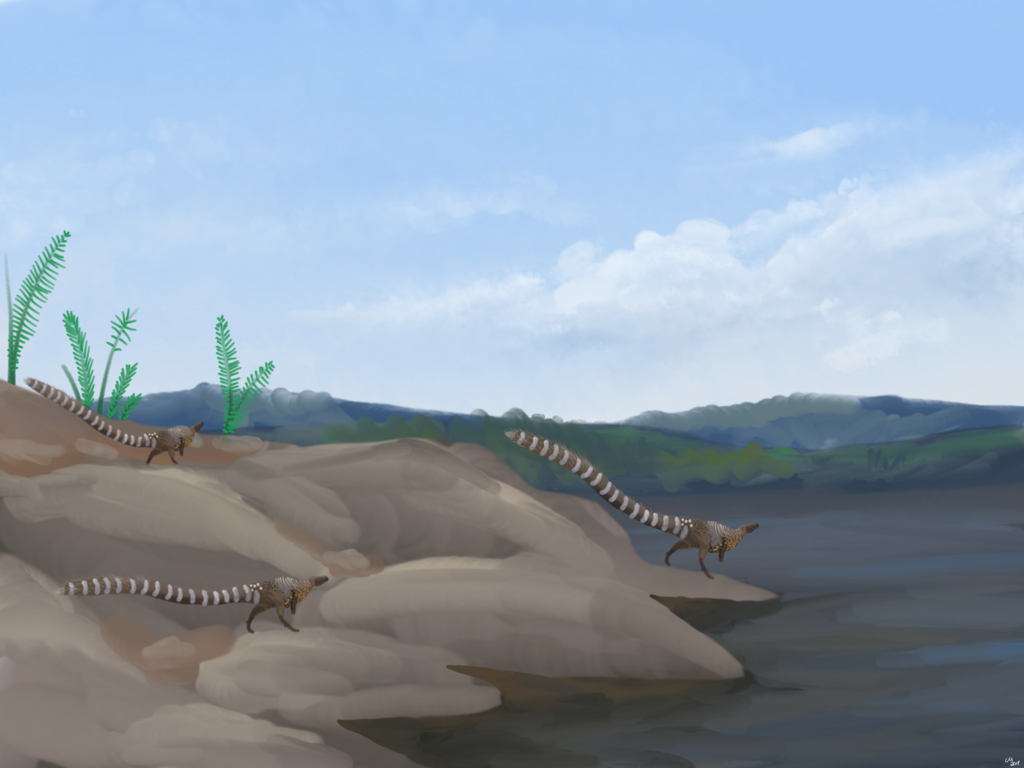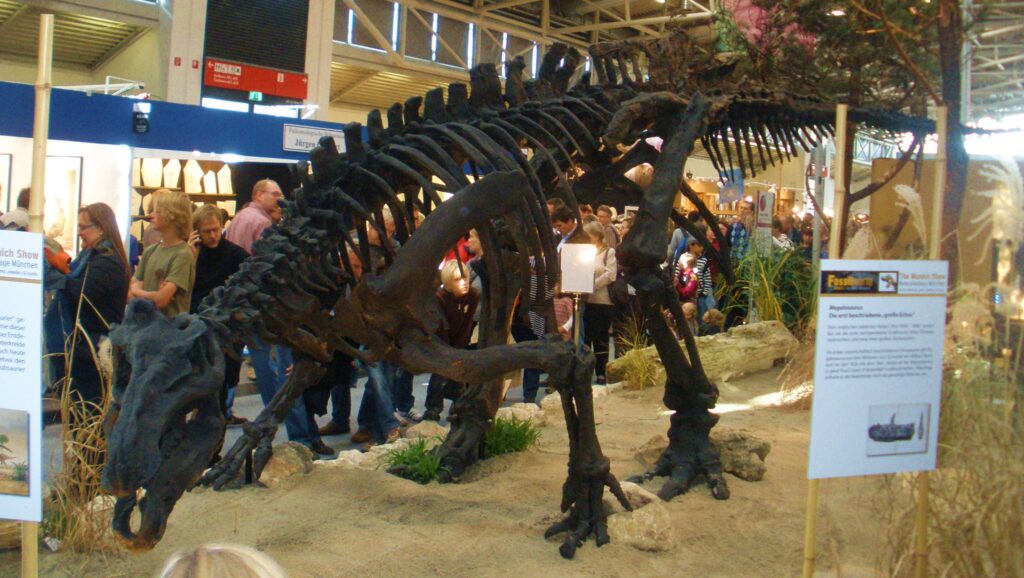For decades, popular culture has painted dinosaurs with a predictable palette: almost universally green, invariably covered in scales, and typically sporting a dull, reptilian appearance. This portrayal has dominated everything from children’s books to Hollywood blockbusters. However, recent scientific discoveries have dramatically transformed our understanding of dinosaur appearance. Paleontologists now believe that dinosaurs likely displayed a stunning variety of colors, textures, and coverings that would make our traditional green, scaly depictions seem woefully inadequate. The emerging picture reveals creatures far more diverse and visually spectacular than we ever imagined—a colorful revolution that continues to reshape our understanding of these magnificent prehistoric animals.
The Origins of the Green, Scaly Stereotype

The persistent image of dinosaurs as uniformly green and scaly can be traced back to the early days of paleontology. When dinosaurs were first scientifically described in the 19th century, they were immediately classified as reptiles based on skeletal similarities. This classification led to their portrayal with reptilian characteristics—scales, cold-bloodedness, and typically green coloration. Early museum displays and illustrations cemented this imagery in the public consciousness. The influential Crystal Palace dinosaur sculptures unveiled in London in 1854, while groundbreaking for their time, reinforced the reptilian paradigm that would persist for over a century. Without evidence of soft tissues, skin impressions, or coloration, scientists defaulted to what seemed logical given their presumed relationship to modern reptiles. This reptile-centric view remained largely unchallenged until relatively recent decades.
Revolutionary Fossil Evidence
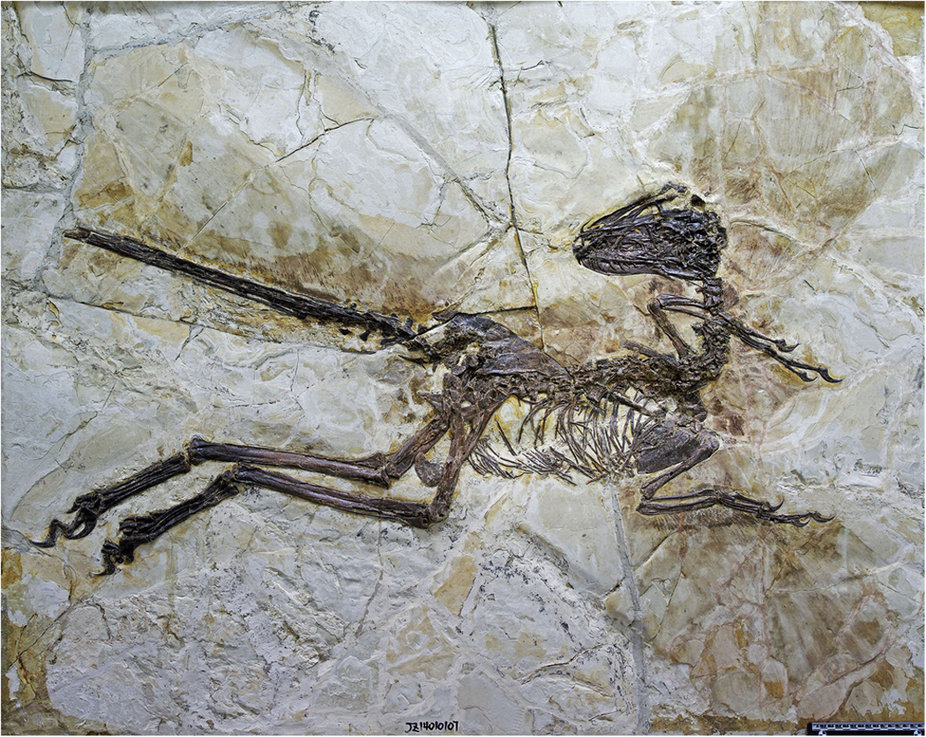
The traditional view of dinosaurs began to crumble with exceptional fossil discoveries that preserved more than just bones. Particularly revolutionary were fossils from China’s Liaoning Province, where fine volcanic ash rapidly buried animals, preserving delicate structures including feathers and skin impressions. The Jehol Biota, as these fossils are collectively known, revealed dinosaurs with unmistakable feather impressions, not just on bird-like species but on many theropod dinosaurs previously assumed to be scaly. Microscopic structures preserved in some fossils allowed scientists to identify melanosomes—cellular structures containing pigments—which provided the first direct evidence of dinosaur coloration. Other exceptional fossils from locations in Mongolia, Canada, and elsewhere have preserved skin impressions showing diverse textures including scales, tubercles (bumpy projections), and even evidence of quill-like structures. These discoveries fundamentally changed how paleontologists view dinosaur appearance, proving that the prehistoric world was far more colorful and textured than previously imagined.
The Feathered Revolution

Perhaps the most transformative discovery in dinosaur paleontology has been the widespread presence of feathers. Once thought to be exclusive to birds, feathers have now been confirmed in numerous non-avian dinosaurs, particularly among theropods—the group that includes Velociraptor, Tyrannosaurus, and other carnivorous species. These weren’t just simple structures but ranged from primitive “dinofuzz” or filamentous feathers to complex, asymmetrical flight feathers similar to those of modern birds. Yutyrannus, a relative of T. rex discovered in China, measured about 30 feet long and was covered in primitive feathers, demolishing the notion that only small dinosaurs were feathered. Evidence now suggests that feathers may have been the ancestral condition for all dinosaurs, with some groups later losing them. Even some herbivorous dinosaurs show evidence of bristle-like structures, suggesting that various types of body coverings were widespread throughout Dinosauria. This feathered revolution has irreversibly transformed our image of dinosaurs from scaly reptiles to diverse creatures with complex integumentary structures.
Coloration Breakthrough: Reading Dinosaur Pigments
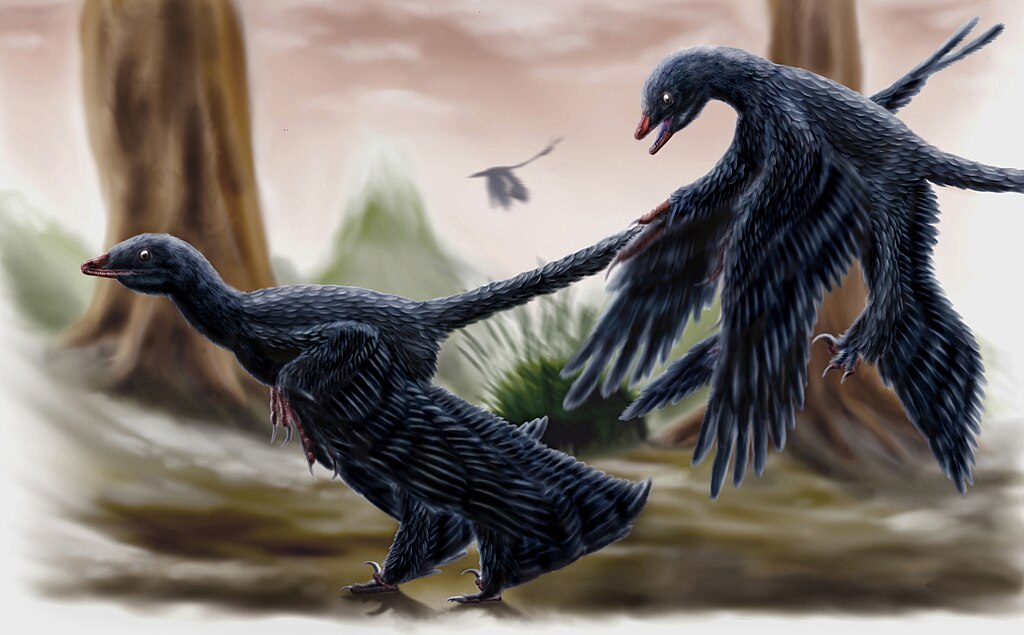
A groundbreaking scientific development occurred in 2010 when researchers identified melanosomes preserved in fossil feathers, allowing the first scientifically accurate color reconstructions of dinosaurs. Melanosomes come in different shapes that correspond to different pigments—spherical melanosomes produce reddish colors, while elongated ones create blacks and grays. By comparing these structures to those in modern birds, scientists determined that Sinosauropteryx, a small carnivorous dinosaur, had a reddish-brown and white striped tail. Another dinosaur, Microraptor, was found to have possessed iridescent, crow-like black plumage that would have shimmered with a bluish sheen in sunlight. Anchiornis, a small feathered dinosaur, has been reconstructed with a primarily black body, white wing feathers with black tips, and a reddish crown—resembling a woodpecker more than a traditional reptile. These discoveries have proven conclusively that dinosaurs weren’t limited to dull greens and browns but displayed patterns and colors as varied as modern birds, which are, scientifically speaking, living dinosaurs themselves.
Beyond Feathers: Diverse Skin Coverings
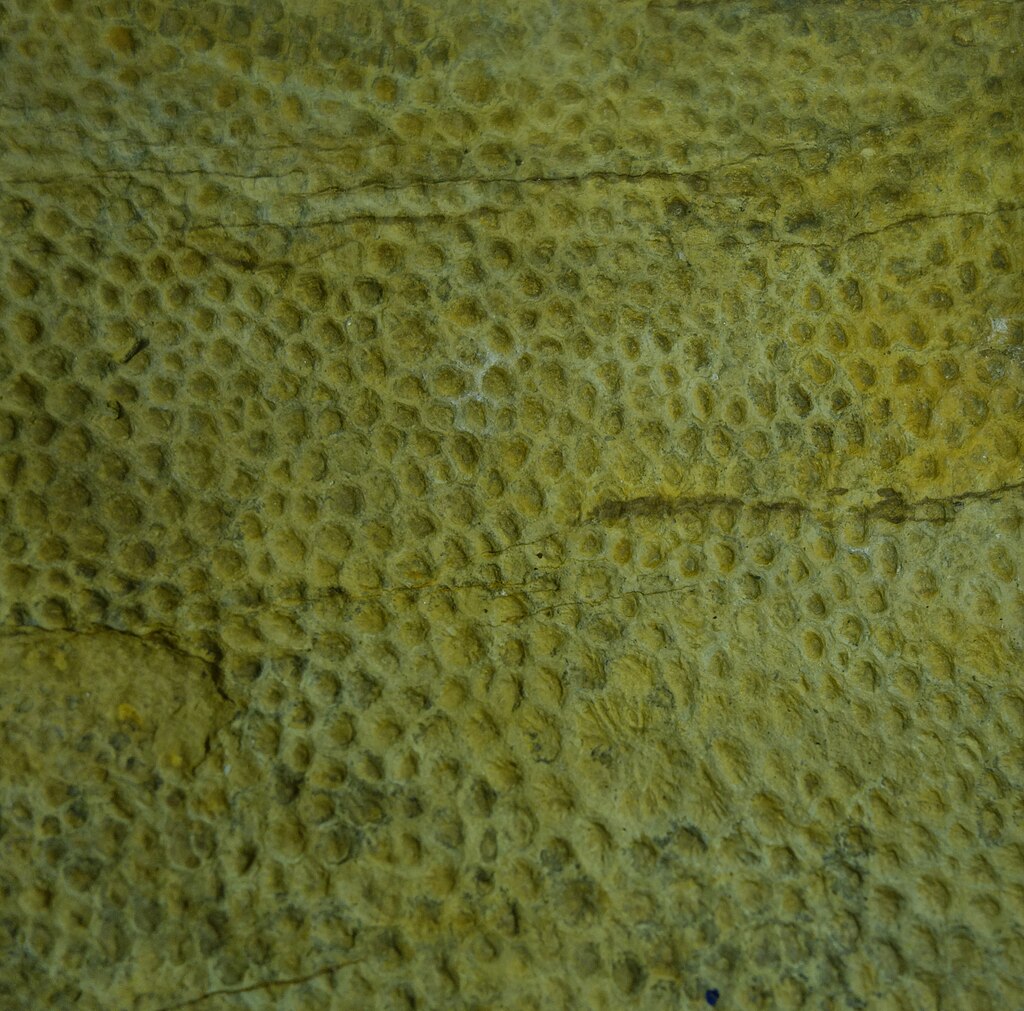
While feathers have garnered much attention, dinosaurs displayed a remarkable diversity of skin coverings. Exceptional fossils show that many dinosaurs did indeed have scales, but these varied tremendously in size, arrangement, and texture. Hadrosaurs (duck-billed dinosaurs) had complex skin with multiple scale types, including large, polygonal scales interspersed with smaller ones, creating distinctive patterns. Some fossils of ceratopsians (horned dinosaurs) show evidence of larger, plate-like scales alongside smaller tubercles. Certain sauropods had bony armor plates embedded in their skin, providing protection while creating a distinctive appearance. Perhaps most surprisingly, some ornithischian dinosaurs (including certain hadrosaurs and ceratopsians) show evidence of bristle-like structures that were neither scales nor true feathers. Psittacosaurus, a small horned dinosaur, had quill-like structures protruding from its tail. This diversity suggests that dinosaur integument was far more complex and varied than the uniform scaliness portrayed in traditional depictions.
The Science of Dinosaur Color Prediction
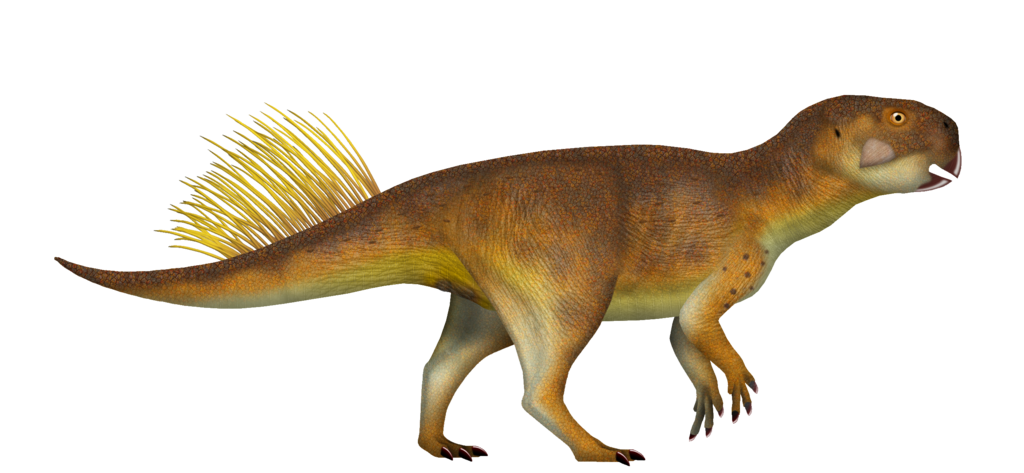
When direct evidence of coloration isn’t preserved, paleontologists use sophisticated methods to make educated predictions about dinosaur appearance. One approach examines the function of coloration in modern animals and applies these principles to dinosaurs. Countershading—darker coloration on top and lighter underneath—is a common camouflage strategy found in many animals today and has been confirmed in certain dinosaur fossils. Disruptive coloration (patterns that break up an animal’s outline) would have been advantageous for both predator and prey dinosaurs. Environmental context provides additional clues; forest-dwelling dinosaurs likely had different coloration than those living in open plains. Sexual selection, which drives the evolution of bright colors and patterns in many modern animals, almost certainly played a role in dinosaur appearance as well. Scientists also consider phylogenetic bracketing—inferring traits based on those found in related groups—to make predictions about species without direct color evidence. While these methods don’t provide definitive answers, they help create reconstructions far more nuanced than the monochromatic green dinosaurs of the past.
Dinosaur Display Structures and Their Colors
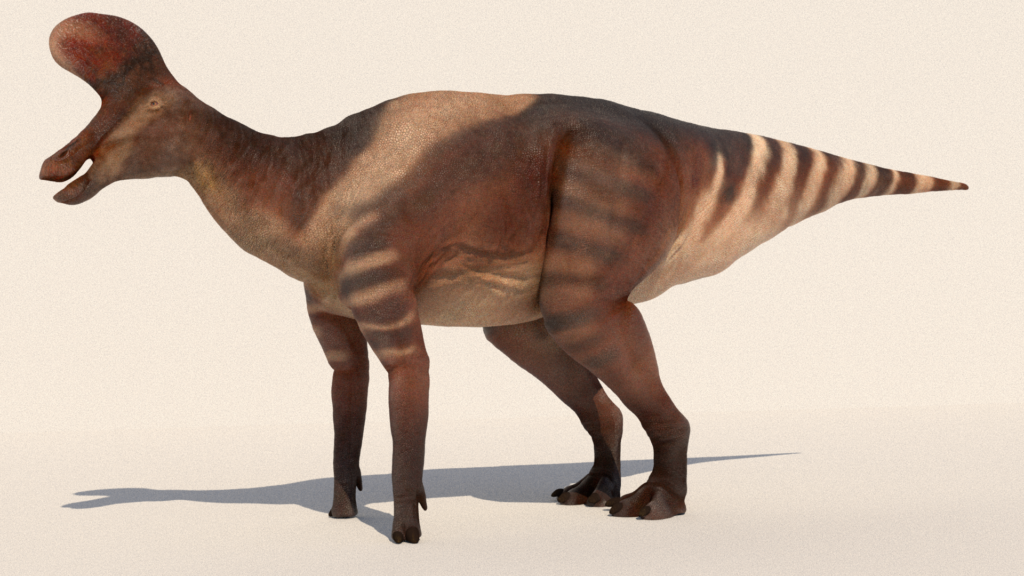
Many dinosaurs possessed elaborate display structures that likely featured dramatic coloration. The frills of ceratopsians like Triceratops, the crests of hadrosaurs like Parasaurolophus, and the plates of stegosaurs were all potential canvases for vibrant colors and patterns. In modern animals, such display structures often feature bright colors to attract mates or intimidate rivals. Blood vessels close to the surface of these structures may have allowed dinosaurs to flush them with color during displays, similar to how some modern birds can change the color intensity of their wattles and combs. The elaborate head crests of Lambeosaurus and other hadrosaurs contained complex nasal passages that may have been lined with colorful soft tissues visible through thin external coverings. Certain dinosaurs, such as Dilophosaurus, had delicate head crests that likely served display functions rather than mechanical ones, suggesting they may have been brightly colored to maximize their visual impact. These observations suggest that dinosaurs were likely as visually spectacular as many modern birds, with vibrant displays playing important roles in their social interactions.
The Technicolor World of Baby Dinosaurs

Juvenile dinosaurs may have looked dramatically different from their adult counterparts, challenging our concept of dinosaur appearance even further. Modern birds and reptiles often display different coloration and patterning in their juvenile stages, frequently exhibiting cryptic camouflage to avoid predation. Evidence from growth series in some dinosaur fossils suggests significant ontogenetic changes as individuals matured. Young Psittacosaurus specimens, for instance, show different proportions and potentially different skin patterns than adults. The discovery of a baby Chasmosaurus (a horned dinosaur) revealed that its frill had different proportions than adults, suggesting different display patterns throughout its life. Some scientists hypothesize that certain dinosaur species may have congregated in nursery groups, where distinctive juvenile coloration could have helped parents identify their offspring. Additionally, if dinosaurs provided parental care, as evidence increasingly suggests, high-contrast patterns on juveniles might have made them more visible to protective parents. This developmental dimension adds another layer of complexity to dinosaur appearance, suggesting that dinosaur species weren’t just diverse across the family tree but also throughout their individual lifespans.
Sexual Dimorphism and Seasonal Changes

Sexual dimorphism—physical differences between males and females—likely added further diversity to dinosaur appearance. In many modern birds, males display dramatically different coloration than females, often featuring bright, attention-grabbing hues to attract mates. While definitively identifying sex in dinosaur fossils remains challenging, some species show evidence of dimorphic structures that may have been enhanced by coloration. The elaborate crests of some hadrosaurs, for instance, differ in size and shape between presumed males and females. Certain fossils of Protoceratops show variations in frill size and shape that may represent sexual differences. Beyond permanent differences, many dinosaurs likely underwent seasonal changes in coloration. Modern birds often develop breeding plumage during mating season, and similar temporary color changes may have occurred in their dinosaur ancestors. Some dinosaurs might have developed more vibrant colors during breeding seasons or undergone molting processes that temporarily altered their appearance. These temporal variations in dinosaur appearance mean that even a single species might have displayed remarkably different looks throughout the year, further diversifying the dinosaur landscape.
The Dinosaur-Bird Connection

The evolutionary connection between dinosaurs and birds provides compelling evidence for colorful, non-scaly dinosaurs. Modern birds—technically a surviving lineage of theropod dinosaurs—display some of the most vibrant and complex coloration patterns in the animal kingdom. This diversity suggests that their dinosaur ancestors likely possessed similar genetic capabilities for producing various pigments and patterns. The discovery of feather precursors in many non-avian dinosaurs further strengthens this connection. Microscopic examination of these structures reveals preservation patterns consistent with melanin pigmentation, suggesting colored feathers were present long before birds evolved. The presence of structures associated with iridescence in dinosaur fossils indicates that some species may have had feathers that shimmered with structural colors, similar to hummingbirds or peacocks today. Recent research has also identified genes related to feather development and coloration that are shared between birds and their reptilian relatives, suggesting these genetic pathways were present in dinosaurs. This evolutionary continuity makes it highly unlikely that dinosaurs were uniformly green and scaly; instead, they probably displayed color diversity comparable to, or perhaps even exceeding, that of modern birds.
Environmental Adaptations and Coloration

Dinosaurs inhabited virtually every terrestrial environment on Earth, from deserts to polar regions, and their coloration likely evolved to suit these diverse habitats. Desert-dwelling species may have featured sandy or reddish coloration for camouflage, similar to modern desert animals. Dinosaurs inhabiting dense forests might have displayed dappled patterns or green coloration to blend with vegetation, especially if they were prey species. Those living in polar regions, where seasonal changes dramatically altered the landscape, might have changed color seasonally or possessed generally lighter coloration to match snowy surroundings during part of the year. Certain environments might have favored specific types of camouflage, such as countershading in open areas or disruptive coloration in visually complex habitats. Environmental pressures would have interacted with other factors like predator-prey relationships and sexual selection to create complex coloration patterns suited to each species’ ecological niche. The incredible adaptability of dinosaurs, which allowed them to thrive for over 160 million years, would almost certainly have included adaptive coloration suited to their diverse habitats rather than a one-size-fits-all green scaliness.
Popular Culture’s Dinosaur Transformation

The scientific revolution in dinosaur appearance has gradually infiltrated popular culture, though the traditional green, scaly dinosaur stereotype persists in many representations. The watershed moment came with the 2015 film “Jurassic World,” which acknowledged the feather evidence but controversially chose to maintain scaly dinosaurs for continuity with earlier films. However, documentaries like BBC’s “Planet Dinosaur” and PBS’s “NOVA” have embraced feathered and colorful dinosaur reconstructions based on current science. Children’s books and educational materials increasingly depict feathered dinosaurs, helping to reshape public understanding for the next generation. Scientific illustrators like Julius Csotonyi, Robert Nicholls, and Emily Willoughby have created stunning, scientifically accurate dinosaur artwork that has gained widespread attention, further normalizing the new understanding of dinosaur appearance. Natural history museums worldwide have updated their dinosaur exhibits to reflect current knowledge, with feathered models replacing older, scaly versions. Despite this progress, many commercial products and simplified dinosaur representations continue to perpetuate outdated imagery, reflecting the challenge of overturning deeply ingrained cultural perceptions. The tension between scientific accuracy and established popular imagery continues to evolve as new discoveries further refine our understanding of how dinosaurs really looked.
Future Directions in Dinosaur Appearance Research
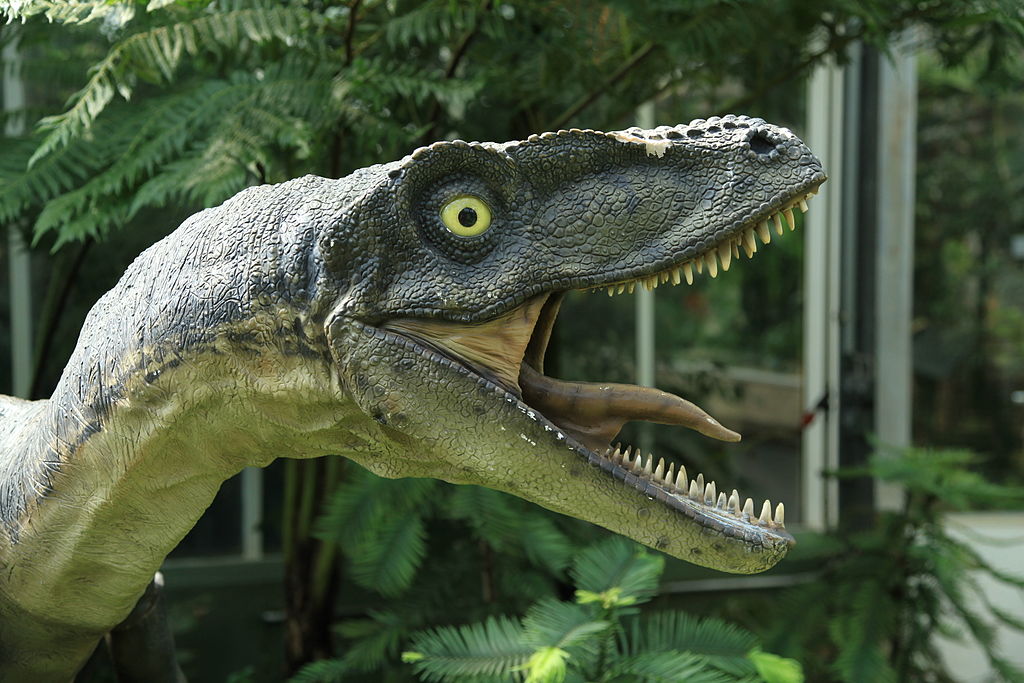
Research into dinosaur appearance continues to advance rapidly, with new technologies offering exciting possibilities for future discoveries. Synchrotron radiation techniques allow scientists to detect chemical traces of original organic compounds in fossils, potentially revealing pigments not preserved as physical structures. Advanced scanning electron microscopy continues to improve, allowing researchers to identify ever more subtle structures in fossil feathers and skin impressions. Comparative genomics between birds and their living reptilian relatives may help identify genetic pathways controlling color and integument development that were likely present in dinosaurs. New fossil sites around the world continue to be discovered, with exceptionally preserved specimens regularly adding to our knowledge base. Multidisciplinary approaches combining paleontology with ornithology, developmental biology, and evolutionary genetics promise more nuanced understanding of dinosaur appearance. Computer modeling of functional aspects of dinosaur coloration, such as thermoregulation and camouflage efficiency in reconstructed paleoenvironments, may offer insights even when direct evidence is lacking. While we’ll never know exactly how every dinosaur species looked, the field continues to move further from speculation toward evidence-based reconstruction, painting an increasingly accurate picture of dinosaurs as diverse, colorful, and far more bird-like than traditionally depicted.
The scientific journey from uniformly green, scaly dinosaurs to a diverse menagerie of feathered, colorful, and variably textured creatures represents one of paleontology’s most significant transformations. The evidence now overwhelmingly indicates that dinosaurs displayed a spectacular variety of appearances, from genuinely scaly species to those covered in brilliant feathers that might rival modern birds in their visual splendor. This revolution in understanding dinosaur appearance doesn’t diminish their appeal—rather, it enhances their wonder by revealing them as even more complex and biologically sophisticated than previously imagined. As research continues to unveil new details about these remarkable animals, one thing becomes increasingly clear: dinosaurs were anything but the monochromatic, uniformly scaly creatures of outdated museum displays and old movies. The prehistoric world was a vibrant, technicolor place, populated by dinosaurs as diverse in appearance as they were in size and form.

